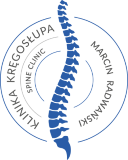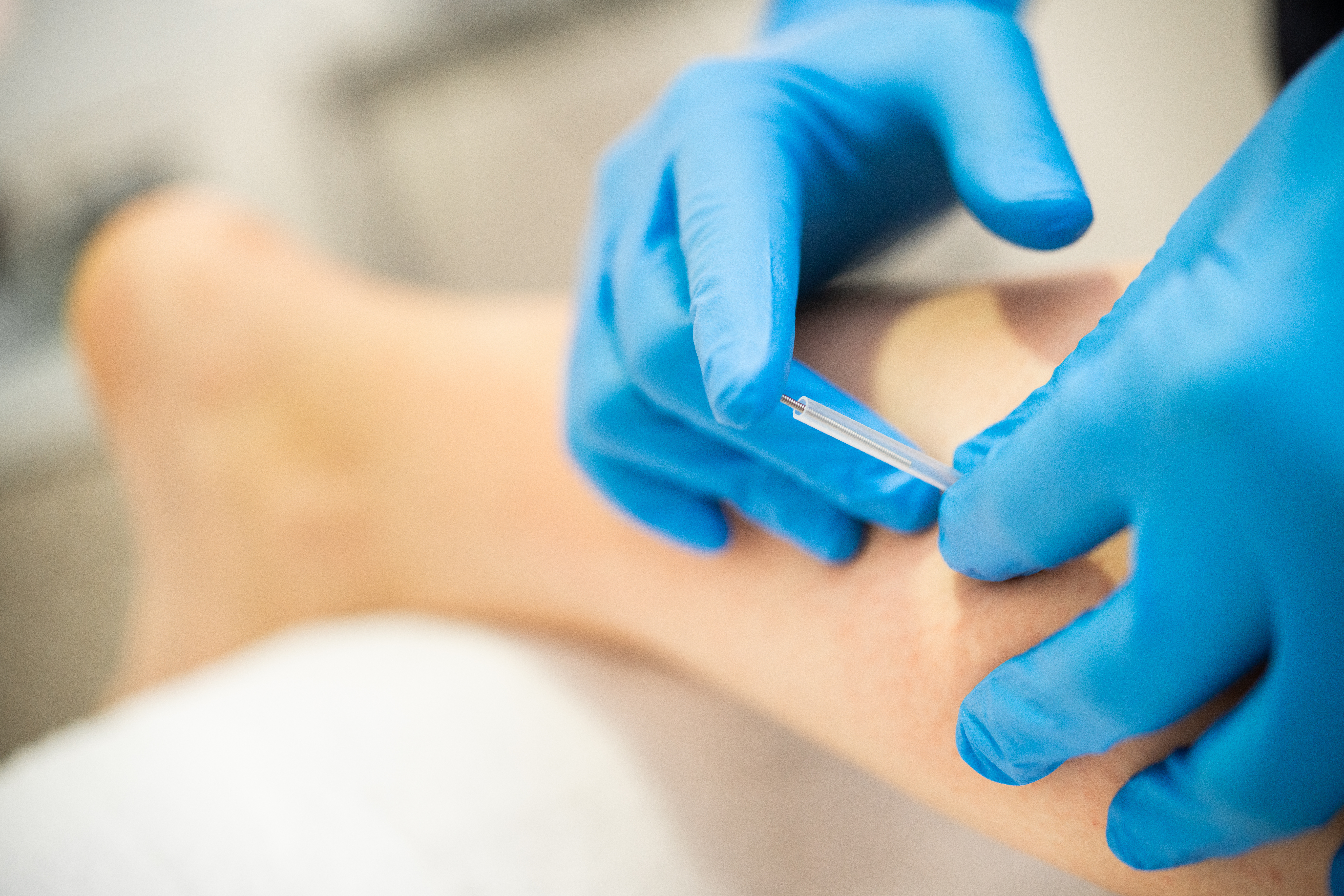DRY NEEDLING – what for, why…?
Dry needling is a technique often used by physiotherapists. A thin, threadlike needle is used for it, which penetrates the skin, stimulating the myofascial trigger points, i.e. the so-called triggerpoints. The technique is used to treat neuromusculoskeletal pain as well as movement disorders.
One of the first questions patients ask is what is the difference between dry needling and acupuncture. Apart from the fact that both use needles, they are actually two completely different methods. Acupuncture is based on Chinese medicine and the theory of energy flow through meridians, i.e. lines connecting acupuncture points, in simplified terms, through the energy flow path. With dry needling, the needles are inserted into specific trigger points, in the muscle belly. These are hard structures with high tenderness in the muscle that are manifested by pain. In addition to pain, trigger points can give a feeling of stiffness, as well as limit mobility, flexibility, or weaken muscle strength.
In dry needling, it is crucial that the irritation of a given trigger point reflects the patient’s complaints. Of course, such a procedure is carried out after a full diagnosis. At the Spine Clinic, dry needling is performed as a supplement to the treatment. Depending on the ailment, we combine it with massage, exercise or clavitherapy. Needling penetrates the tissue in a different way than even a deep massage, which is why the possibility of using both methods gives spectacular effects of treatments and long-lasting effects.
The feeling during the puncture is like spreading. After the procedure, the area may be sore. Despite the relaxation effect, the patient may feel tension in this area for up to 48-72 hours.
It is important that this procedure is carried out by a certified physiotherapist who has undergone professional training. Don’t be shy to ask for a certificate.

